Article by
Dr. Mahesh M, CEO, Creaticity
Our daily routines, behavior, and productivity are deeply influenced by the spaces we inhabit, whether it’s our homes or workplaces. The design of these environments play a crucial role in shaping our positivity and overall effectiveness. Our behavior and productivity are largely influenced by our habits, both positive and negative. Interestingly, these habits are shaped in no small part by our surroundings. A well-designed environment can nudge us towards positive habits, while a poorly designed one can hinder them.
Space Planning: The Foundation for Positive Habits
Effective space planning isn’t just about aesthetics; it’s the foundation for creating an environment that fosters positive habits. By considering how a room will be used, space planning maximizes every square foot and ensures a smooth flow for daily activities. This translates into tangible benefits for our well-being and productivity.
A well-organized space with clear pathways minimizes clutter and promotes a sense of calm. This reduction in stress leads to improved focus, making it easier to tackle tasks and achieve goals. Strategic furniture placement also plays a key role. By creating designated areas for specific activities, like a work zone or a relaxation nook, space planning fosters a sense of control and security. Furthermore, the right layout can be used to promote different moods depending on the design intent. Cooler tones and task lighting in a home office can encourage concentration, while a living room designed for relaxation might have warm lighting and comfortable seating areas. By understanding how space planning influences our environment, we can create spaces that not only look good but also feel good, ultimately promoting positive habits and boosting our productivity.
Beyond Functionality: The Psychology of Design Elements
Space planning provides the foundation, but the true magic lies in understanding how design elements influence our perception and behavior:
Light and Color: Warm lighting creates a sense of intimacy and relaxation, while cooler tones can evoke a feeling of focus and energy. Similarly, a well-chosen color palette sets the mood. Bright colors can energize, while muted tones promote feelings of calmness and peace. These elements can be used strategically to create designated zones within a space, each catering to a specific activity or desired mood.
Harmony and Balance: Balanced proportions and symmetrical layouts contribute to a sense of order and harmony, which can promote feelings of well-being and focus.
Personalization: A well-designed space reflects the personality and needs of its occupants. By incorporating bespoke furniture and modular solutions, designers can create a space that is not only functional but also reflects the unique style and preferences of the user.
Strategic Use of Shadow: While not mentioned previously, strategic use of shadows can add depth and intrigue to a space, creating a more visually interesting environment.
Visual Experience: The arrangement of furniture and décor plays a significant role in shaping the visual experience of a space. Symmetrical layouts can feel formal and balanced, while asymmetrical layouts can add a touch of dynamism and intrigue. By understanding how these design elements, including the strategic use of shadow and the visual experience created by furniture arrangement, influence our perception of space, interior designers can create environments that not only look good but also feel good, fostering positive habits and boosting our productivity.
Design for Well-being
Ultimately, good design is about more than just aesthetics. It plays a significant role in our overall well-being. By understanding the psychology of space and incorporating thoughtful design elements, we can create environments that not only look good but also feel good, fostering positive habits and boosting our productivity.
The Power is in Your Hands
Fortunately, creating a well-designed space doesn’t have to be overwhelming. Numerous resources and design professionals are available to help you utilize the power of design in your home or workplace. Consider researching space planning principles, exploring the impact of color and lighting, and seeking professional guidance if needed. By investing in the design of your environment, you can invest in your habits, productivity, and overall well-being.

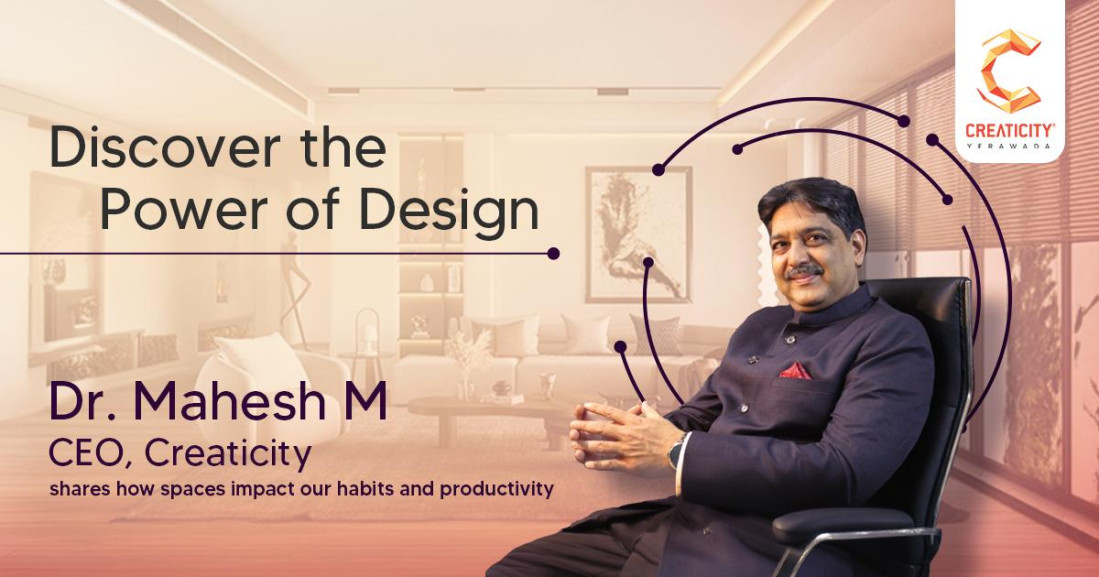


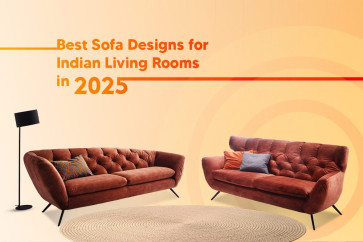
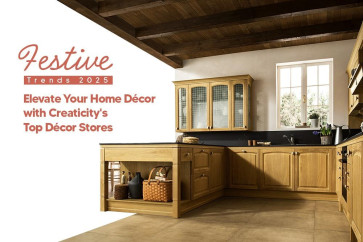
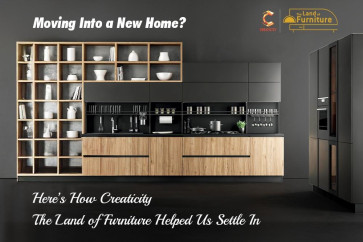
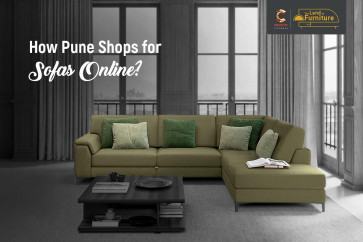

Validate your login